SHARRYLAND
Experience the Map of Wonders
San Pietro Apostolo, CZ, Italia
What to do near St. Peter the Apostle, CZ
Results ( 115) for: " San Pietro Apostolo, CZ, Italia"
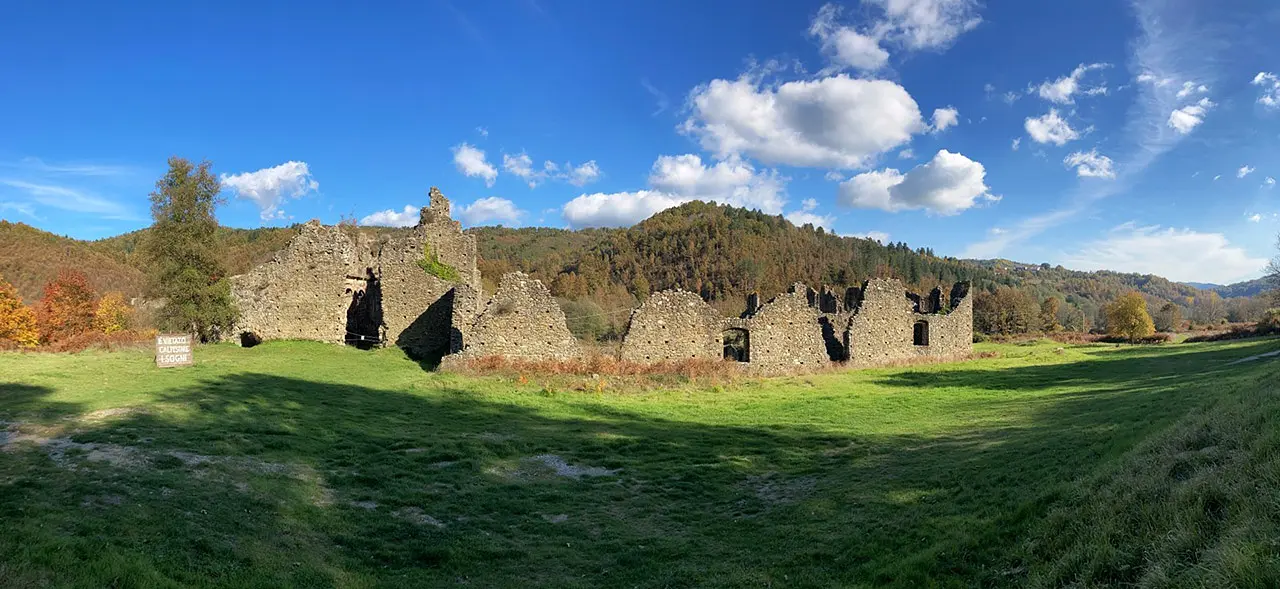

Abbey of St. Mary of Corazzo
In an aura of religious isolation and mystery, on the trail of Abbot Joachim of Fiore
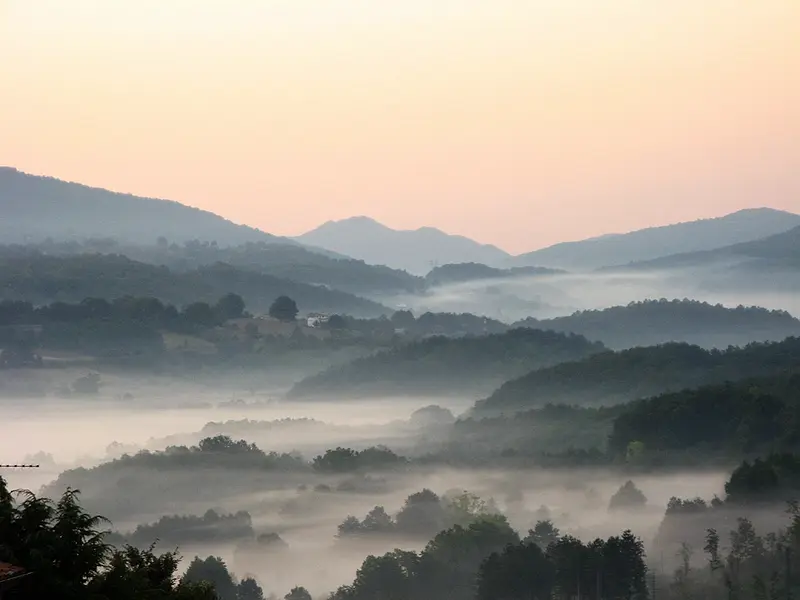

Record-breaking Calabria, the isthmus of Catanzaro
It climbs from the Ionian Sea to the Tyrrhenian Sea by ascending to a windy saddle between the Serre and Sila Piccola
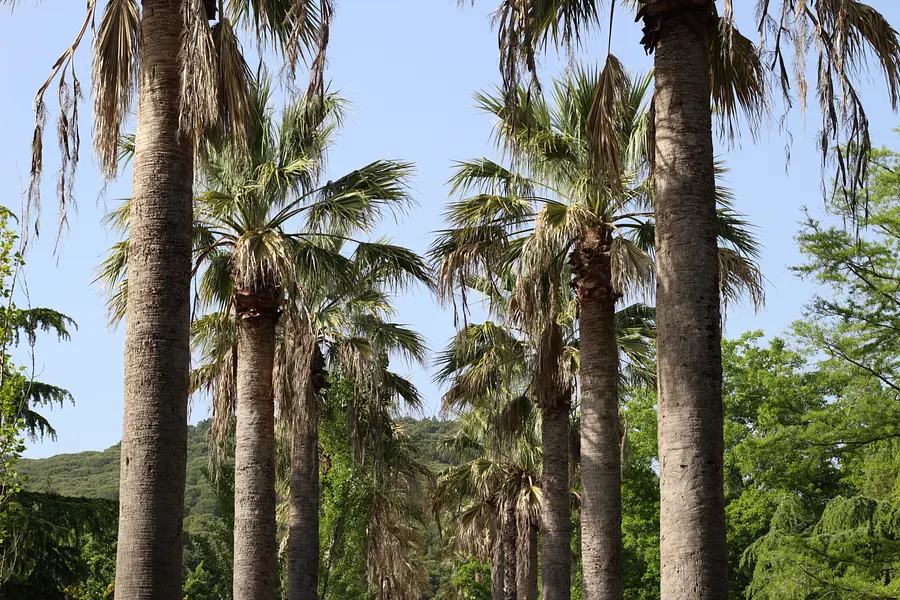

Botanical garden
The Botanical Garden with more than a thousand species of plants and diverse wildlife is the city's green lung. A natural oasis where you can be at peace with yourself and the world.
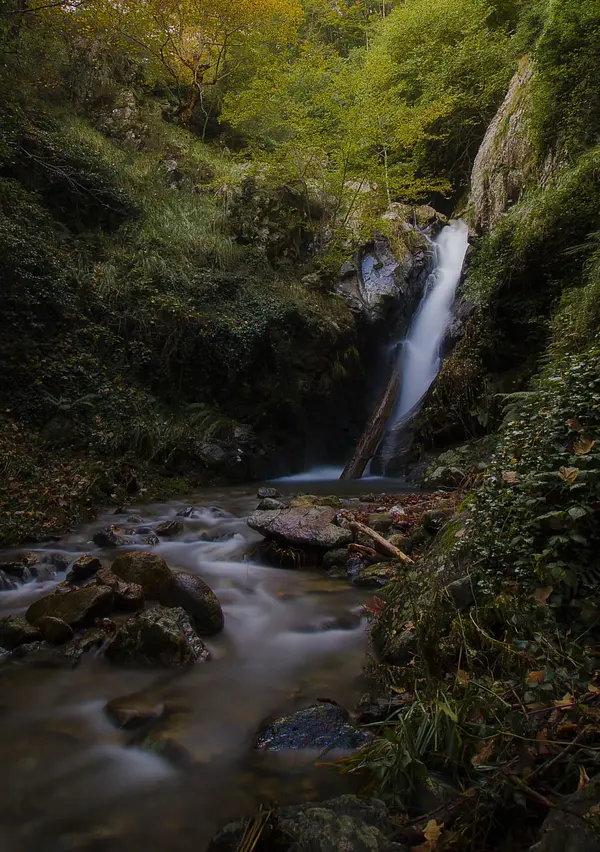

Wolf Falls
Within Sila National Park, we can admire this beautiful waterfall named after the frequency with which wolves can be spotted from a cliff overlooking it.
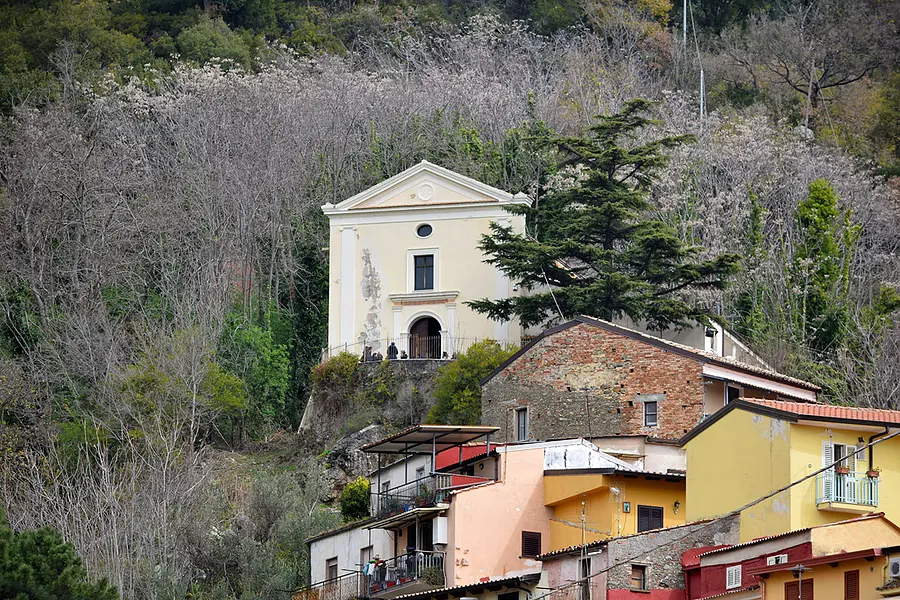

Veteran's Church
Ancient church on the hill of the San Teodoro district
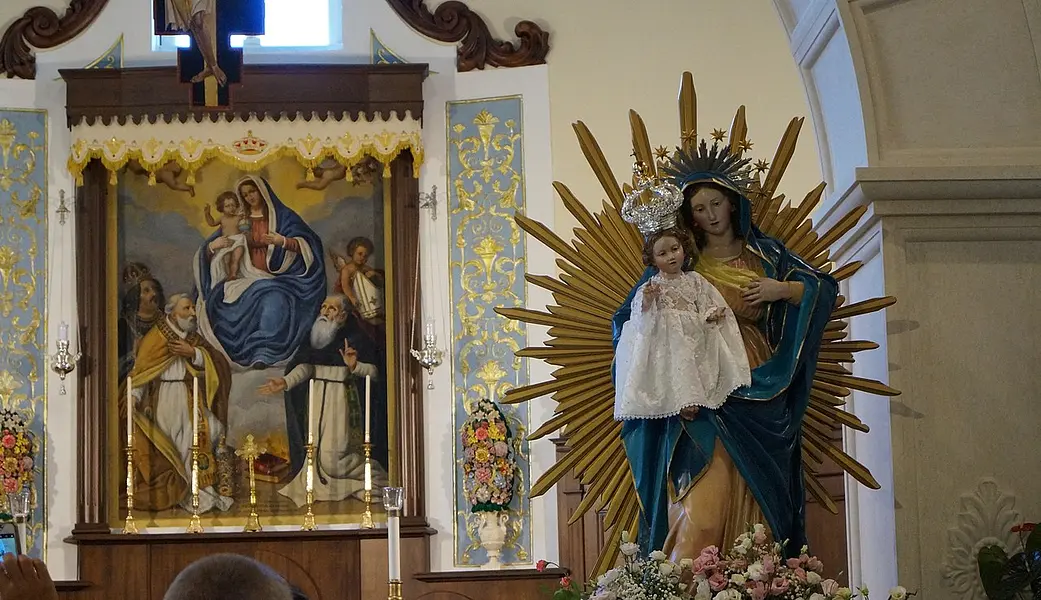

Shrine of Our Lady of Dipodi
Small but meaningful church. Legend has it that the Romans erected it as a sign of thanksgiving to Our Lady who appeared to them in the war against the Saracens and helped them win.
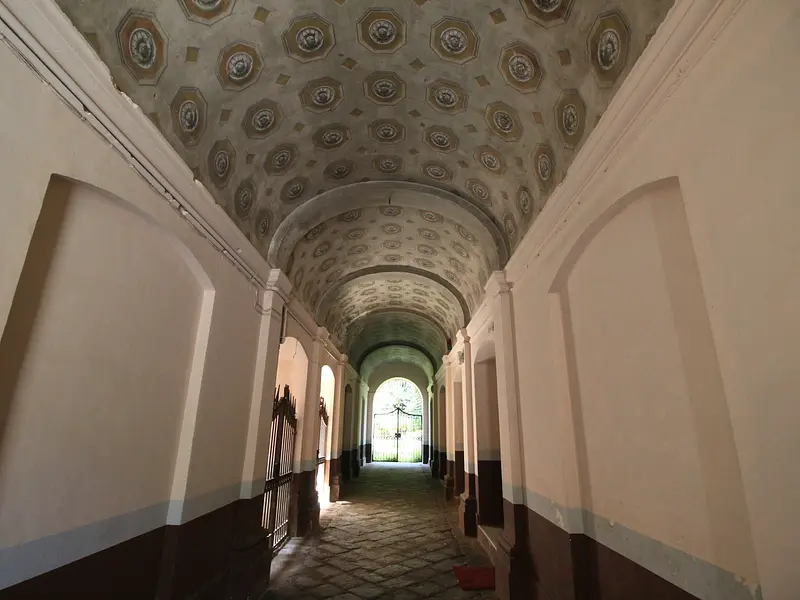

Niccoli Palace
The Niccoli Palace is a symbol of Lamezia's architectural heritage and a witness to the 19th-century eclecticism...
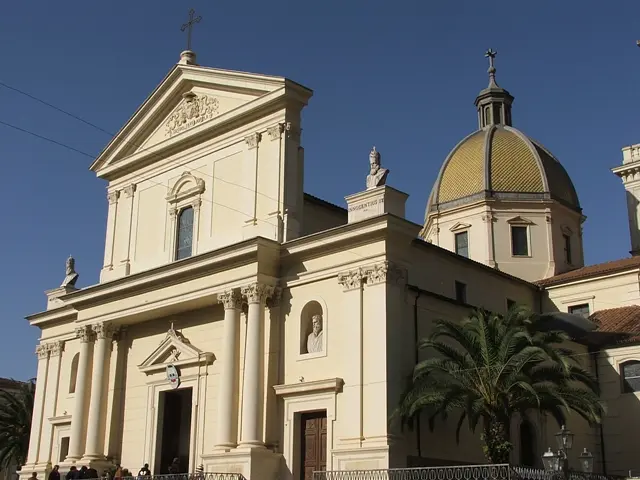

Cathedral of Sts. Peter and Paul
Its dome stands out over the rooftops of Lamezia Terme. Built around the year one thousand and then rebuilt after the 1638 earthquake, it has housed many works of art ever since.
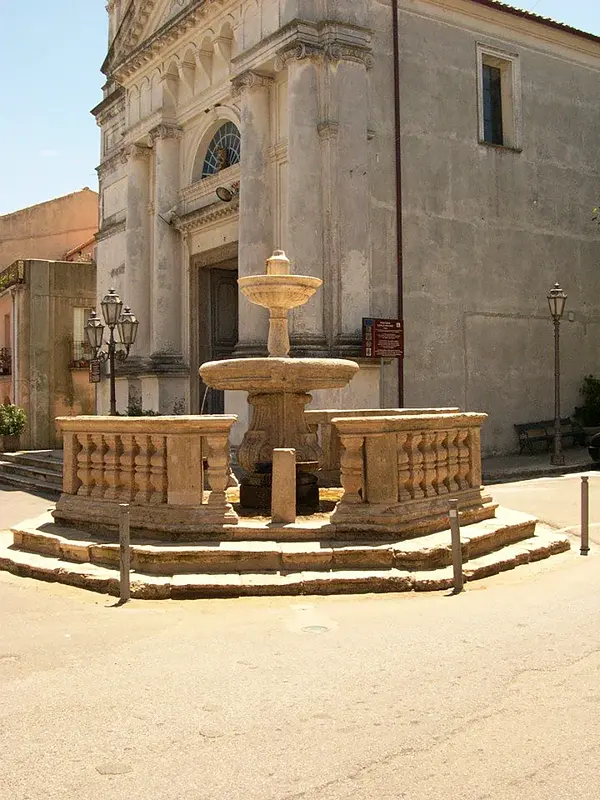

Girifalco - The Fountain of the Devil
One of those little Baroque art jewels that grace the villages of southern Italy
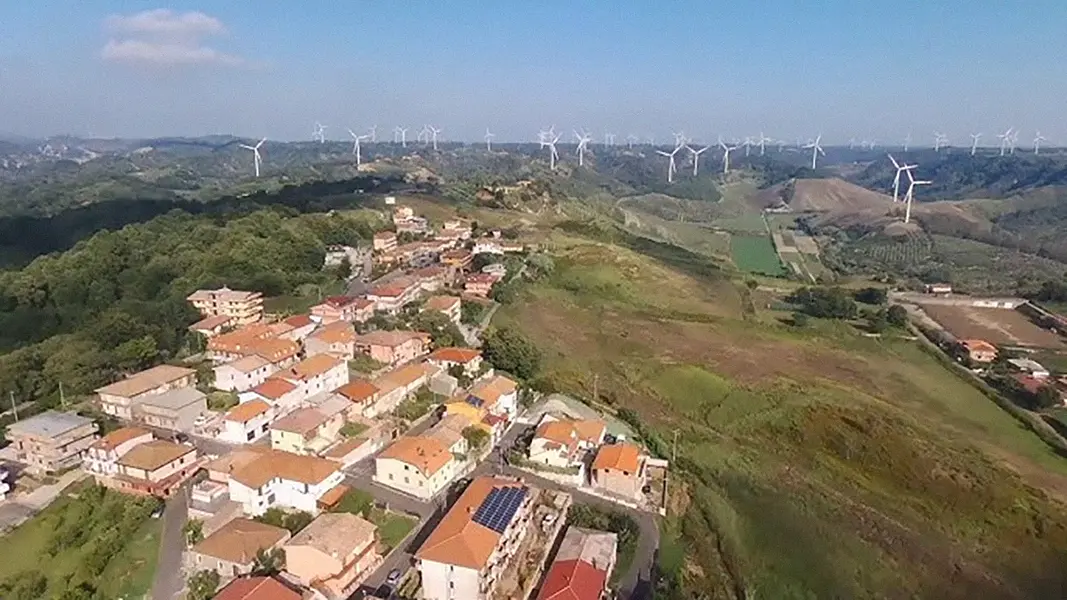

Vena di Maida - The arbëreshë community of Vena.
Calabria boasts a historic Albanian presence, and this is one of the places where their tradition is most alive


Salone DeGusto - Expo EnoAgroAlimentare
In Catanzaro Lido, the tastiest event of the year.
14 Nov - 18 Nov
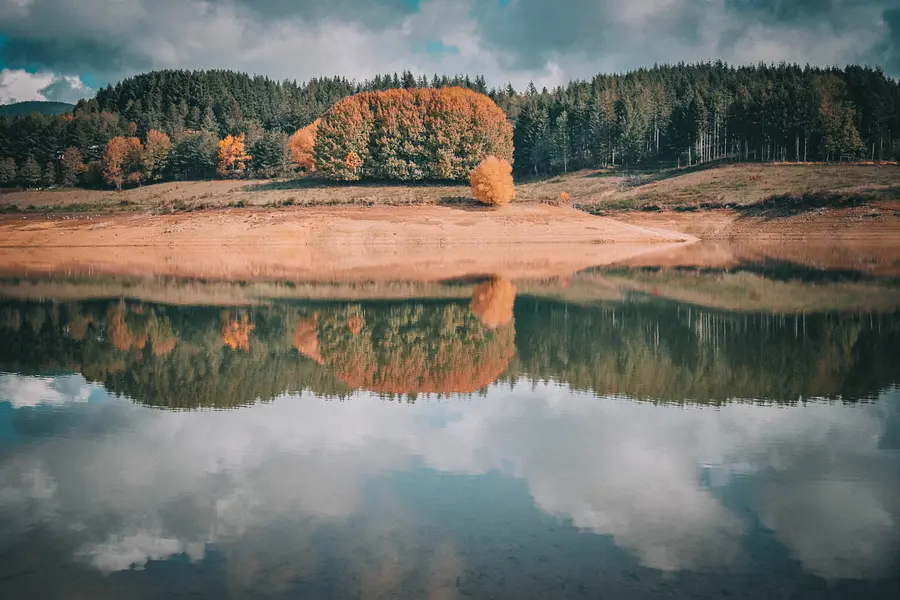

Passer Lake
Lake Passante is an artificial lake, the smallest in Sila, all around embellished with many species of flora and fauna, capable of providing exciting and striking landscapes in all seasons